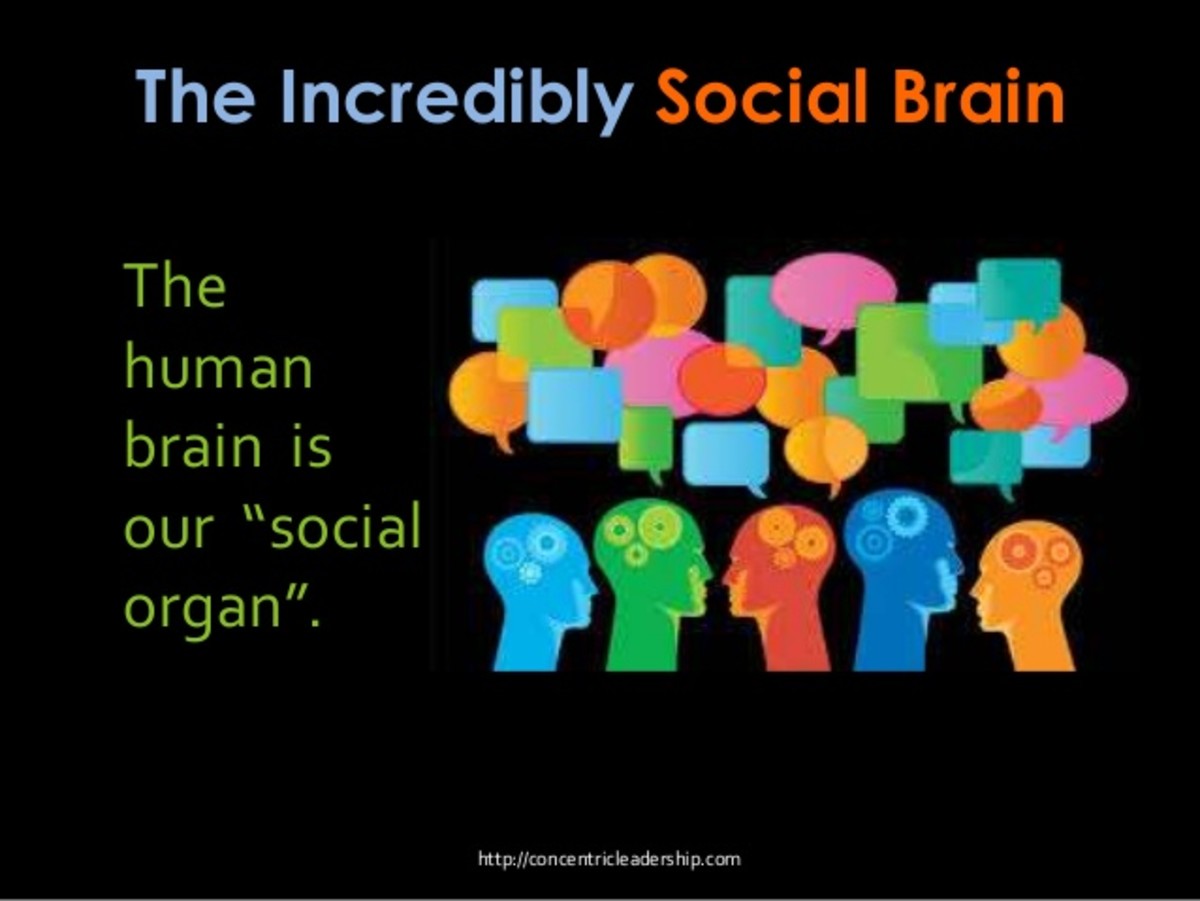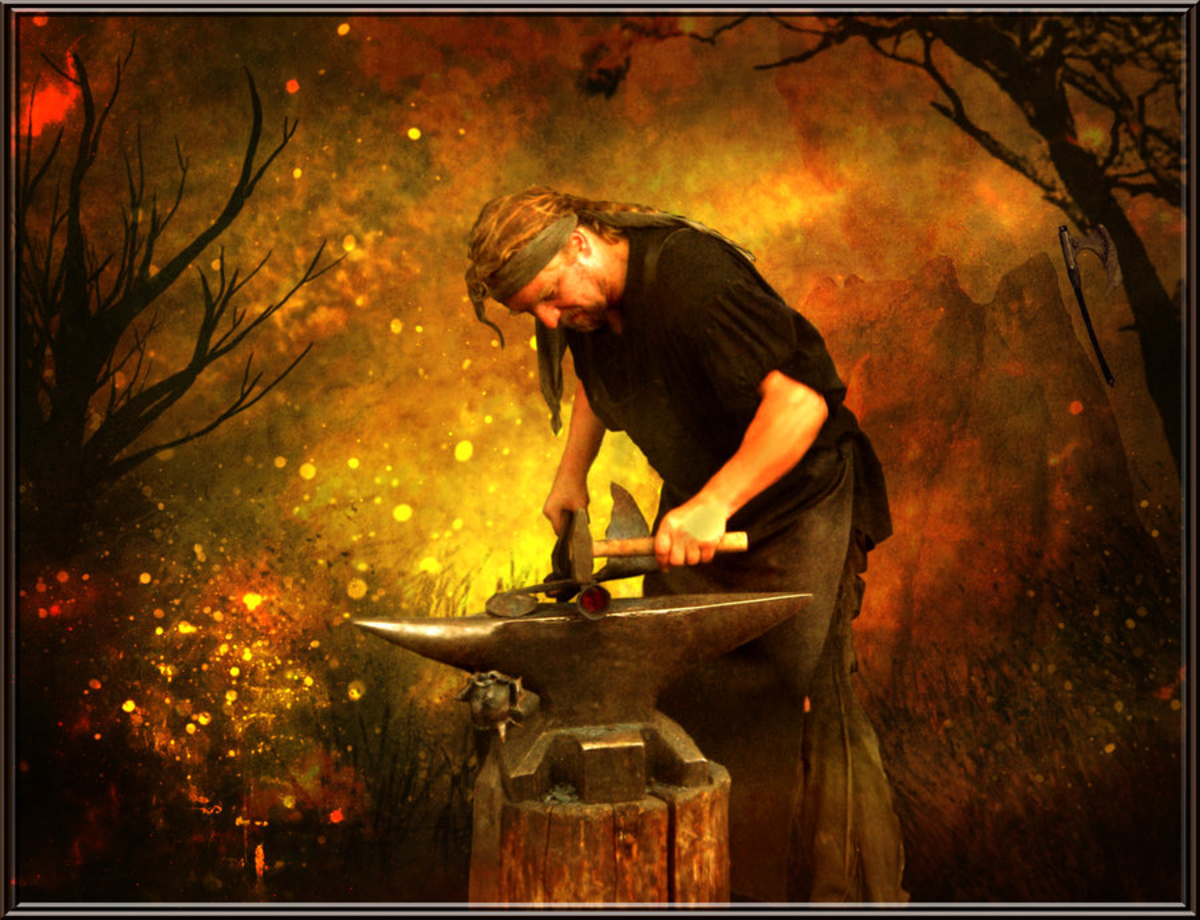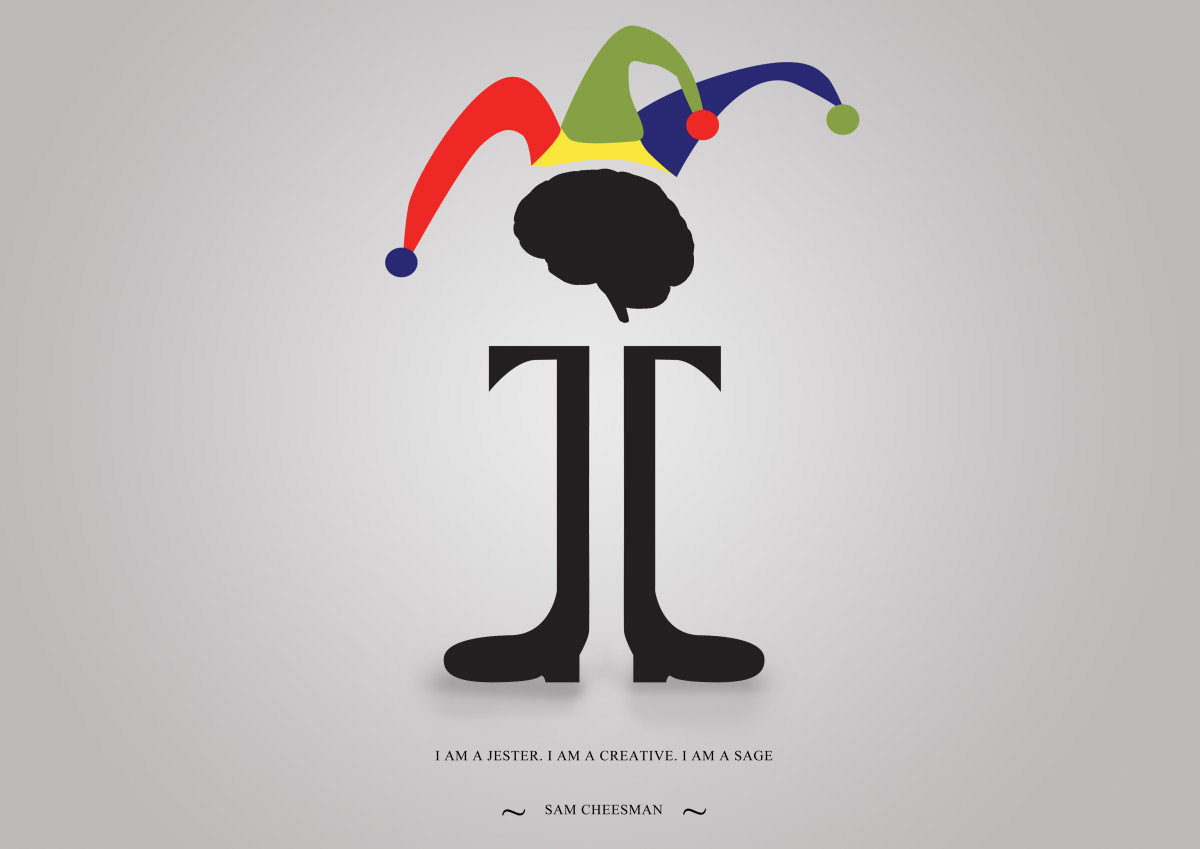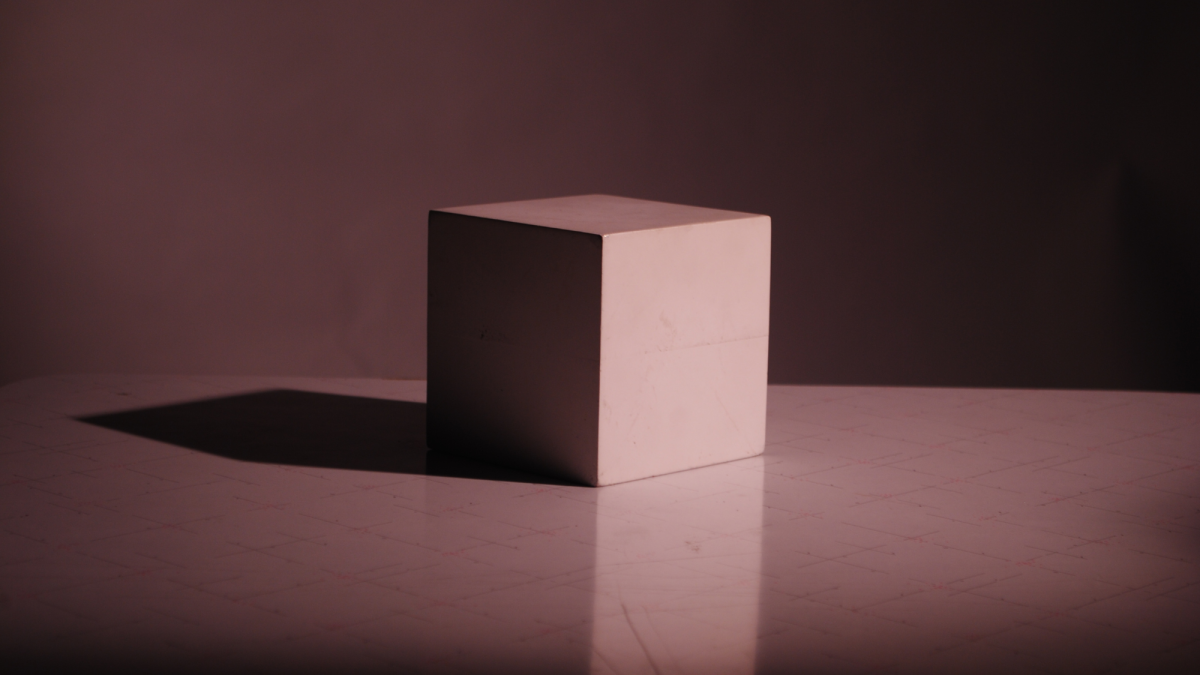How Psychedelic Chemicals affect the Brain
Art and Hallucinogenics

Science and psychodelic in the 21st century
By Mirna Santana
Do hallucinogenic drugs help the brain be more creative? It appears that mescalin, LSD, and psylocibin as well as hypnotic states may increase creativity, but only if the person was highly creative before, said Stanley Krippwr (Int. J. of clinical and experimental diagnosis, 2012.)
Hallucinogenic mushrooms influence regions of the brain associated with the anxiety or anticipation of pleasant or unpleasant experiences. The drugs were reported to increase perceptions by decreasing connectivity in the medial portion of the prefrontal cortex as well as in the anterior and posterior cortices. The drugs also induced asynchronicity between the prefrontal cortex and the posterior cortex. The researcher's methods included scans and interviews. The latter, rely on the perceptions of the individuals. These are accepted methods to measure brain activity and connectivity. Cathart and others published their results in the Procedings of the National Academy of Sciences (PNAS, 2012).
Historically psychdelic have been used to treat addictions, alcoholism, and also to understand mental illnesses such as schizophrenia.
Until now there is no evidence of psychdelic damaging subjects brain--in some cases all the contrary. Researchers in Brazil have found that the hallucinogenic ayahuasca tea, do not cause brain damage and appeared to enhance brain performance.
Current researchers on the effect of psychodelics such as Dr. Straussman and Dr. Mash advocates for the use of the these drugs in controlling settings rather than in the uncontrolled and unregulated ways of the 50s and 60s. They use pure forms and controlled experiments, and remind the public of potential drawbacks.
Drawbacks include, bad trips, fears or panic attacks, prolonged effect, accidents, paranoia, accidents due to altered perception or reality. However, some of this effects are expected and even sought after by users.
Among the scientific breakthroughs attributed to psychdelics are the invention of PCR, which revolutionazed molecular biology; the structure of dna, and the development of computers, e.g., the concept of software sharing--shareware. The claims of hallucinogenic enhancing creativity had been made by artist, scientists, shamans and others. Yet, their stories continue to be considered as tales from the perspective of the user, because, there is no sufficient or conclusive studies. There is no substance that have been universally claimed as an exhilir for creativity, and the pay off or consequences of hallucinogenics remain poorly studied.
It is important to call the attention to current questioning about the use of brain activity measures as indicators, and about the individual perceptions, self-assessments, because, two people may differ in their response to the same dose. However, studies conducted with experienced users (Cathart and others, 2012), as well as, non-experienced professionals (Harmant and others 1966) appear to indicate that psychodelic facilitate creativity and creative problem solving, mostly in the 'illumination phase.'
The illumination phase can last anything from 10-12hrs, to 20-36 hours, and is also called stage of visualization. After that the person goes into a sleeping state. The trip or experience--"allow the patience to revisit the mythology of who they are" said Dr. D. Mash from U. Miami. From these experiences they are perhaps able enter into a new experience or new stage in their lives.
Psychdelics are an ample group of sources and compounds, and thus have a variety of properties and potential responses. In most cases the magnitude of the possibilities are still being largely unexplored in a scientific context. There are many potential applications for the treatment of diseases, somatic and psychological, as well as addictions. And they seem to be one of the favorite tools for some people looking to explore their own minds or spirituality, potentials and so on. I found interesting that these chemicals can possible help to barriers of the mind, and may help science and technological advances, or simple help people move to different states.
In addition to science, also love drawing and art and would be interested in find out methods people use to get into the mood of their art and break barriers. Meditation, hallucinogenic, a walk by the river and so on. Let me know, I am waiting to learn more about how people break the boundaries of their minds.
I would like to close with an example of the Tibetan book of the Dead, that was used by Leery and others in guiding people through the experience with psychdelics. Leery was a Harvard researcher, who conducted studies in psychdelics. He was forced to aband
- save
on his post, and some scientists think that his behavior prevented the advancement of science in the area of psychdelics.
"O (name).. You may now feel the power to perform miraculous feats, To perceive and to communicate with extrasensory powers. To change shape, size and number, To transverse time and space instantly. These feelings comes to you naturally, nor through any merit in your part. Do not desire them. Do not attempt to exercise them. Recognize that as a sign that you are in the third Bardo, the period of re-entry into the normal world." Tibetan book of Dead
© 2012 MSantana








